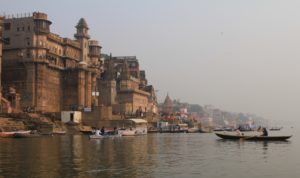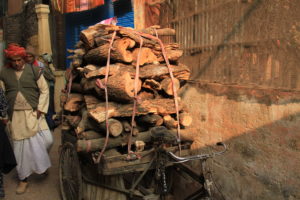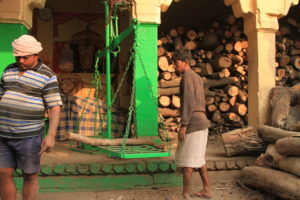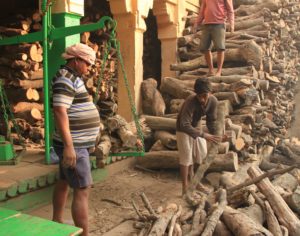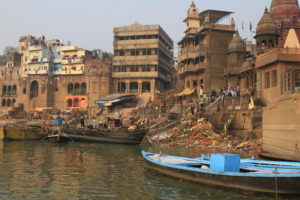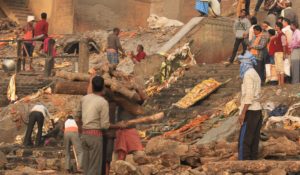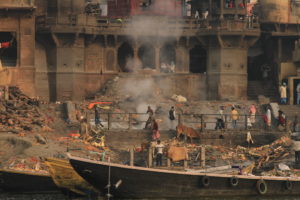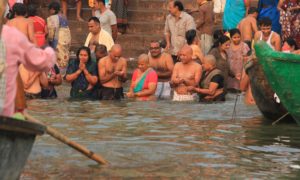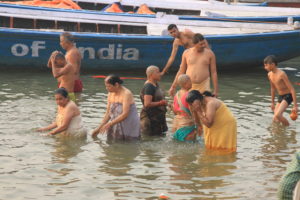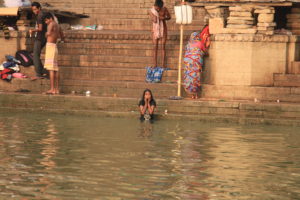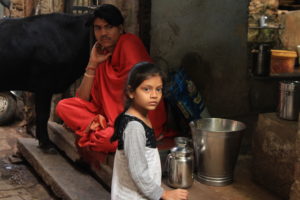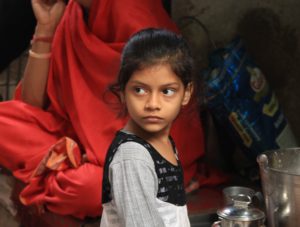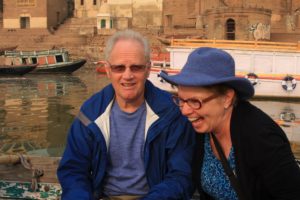
Before sunrise we take a boat ride on the sacred Ganges River, where devout Hindus can be seen performing their daily ablutions. The bathing ghats, over 5 km in length, lead down from a steep bank to the river, are the soul of the city. Return to the hotel for breakfast. Later we walk through an inextricable maze of small streets and alleyways, hiding in disorderly array no less than 2,000 temples and shrines. Domes, pinnacles, towers and derelict 18th-century palaces dominate the left bank of the Ganges River. The streets are noisy, colour is rife. Varanasi is the religious capital of the Hindu faith since the dawn of history. Known as Kashi in the 7th century BC it constitutes a microcosm of Indian life. No one knows how old it really is — when Buddha came here in 550 BC, it was already a flourishing ancient settlement. Visit some of the more important temples such as the Bharat Mata Mandir and the Durga Temple. Go past the beautiful Tulsi Manas temple. Take a walk down Vishwanathji Ki Gali — the ancient alley which is home to some beautiful temples.
Because our flight was moved up we only had time to take a boat trip and witness the cremation ceremony. Every Hindu would like to be cremated and have their ashes put into the Ganges.
The Corpse is brought down to the rivers edge wrapped in ceremonial attire and dunked into the river by relatives. After the dunking they each take turns pouring water down the throat of the deceased. Then the body is lifted back up to wait for the cremation. The fire is built from exactly 360 kilograms of wood, body, obviously, is put on the top, and then the fire is lit from the eternal fire pit.
This goes on continuously 365 days a year; we were told that there are about 80-100 in a 24 hour period.
Down river people are bathing, brushing their teeth and drinking from the very same Ganges, a show of unbelievable faith.
